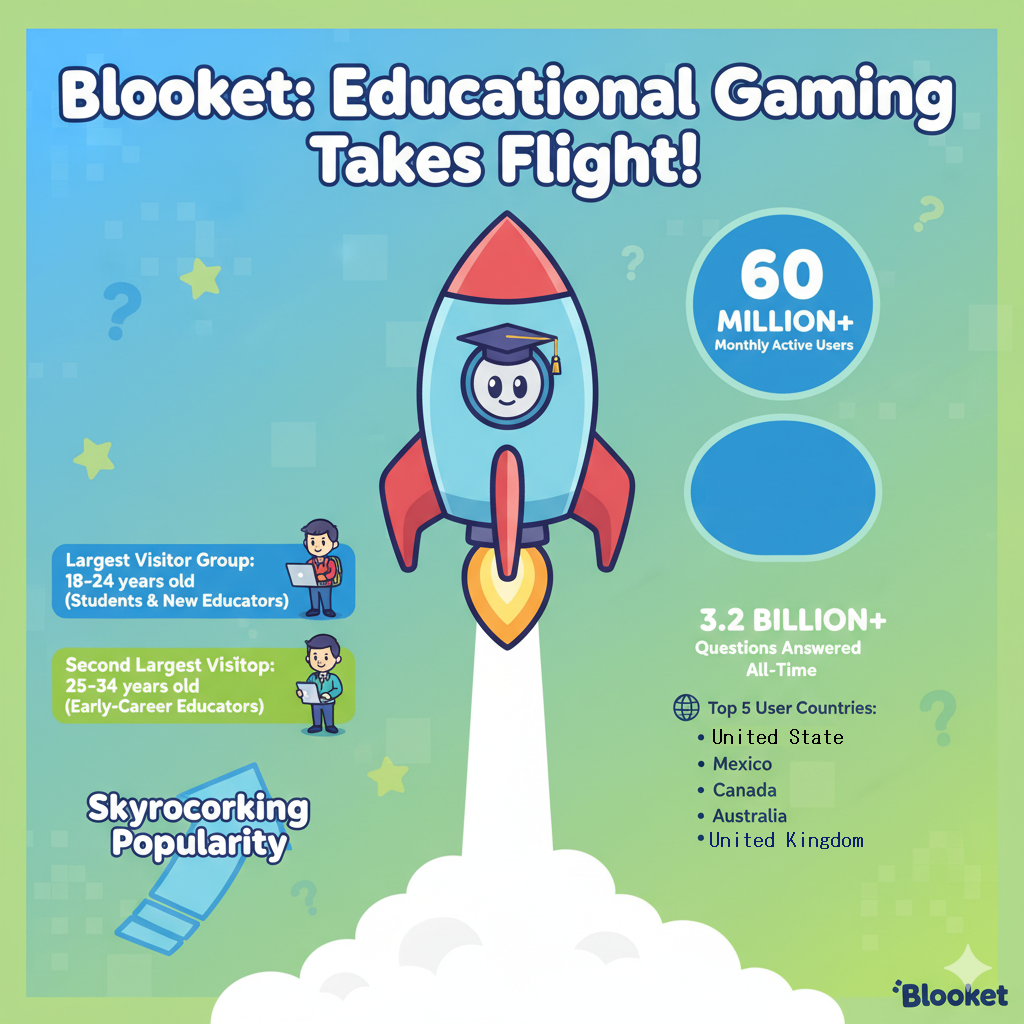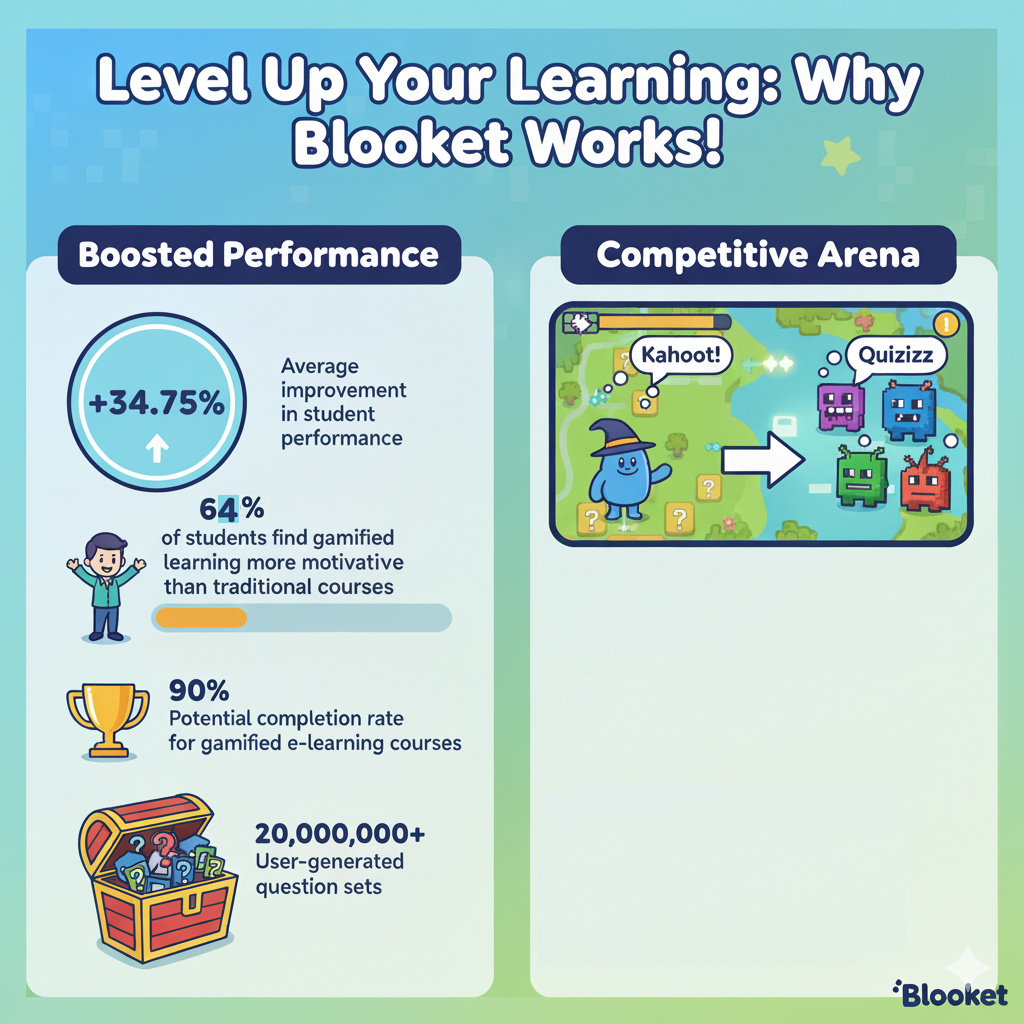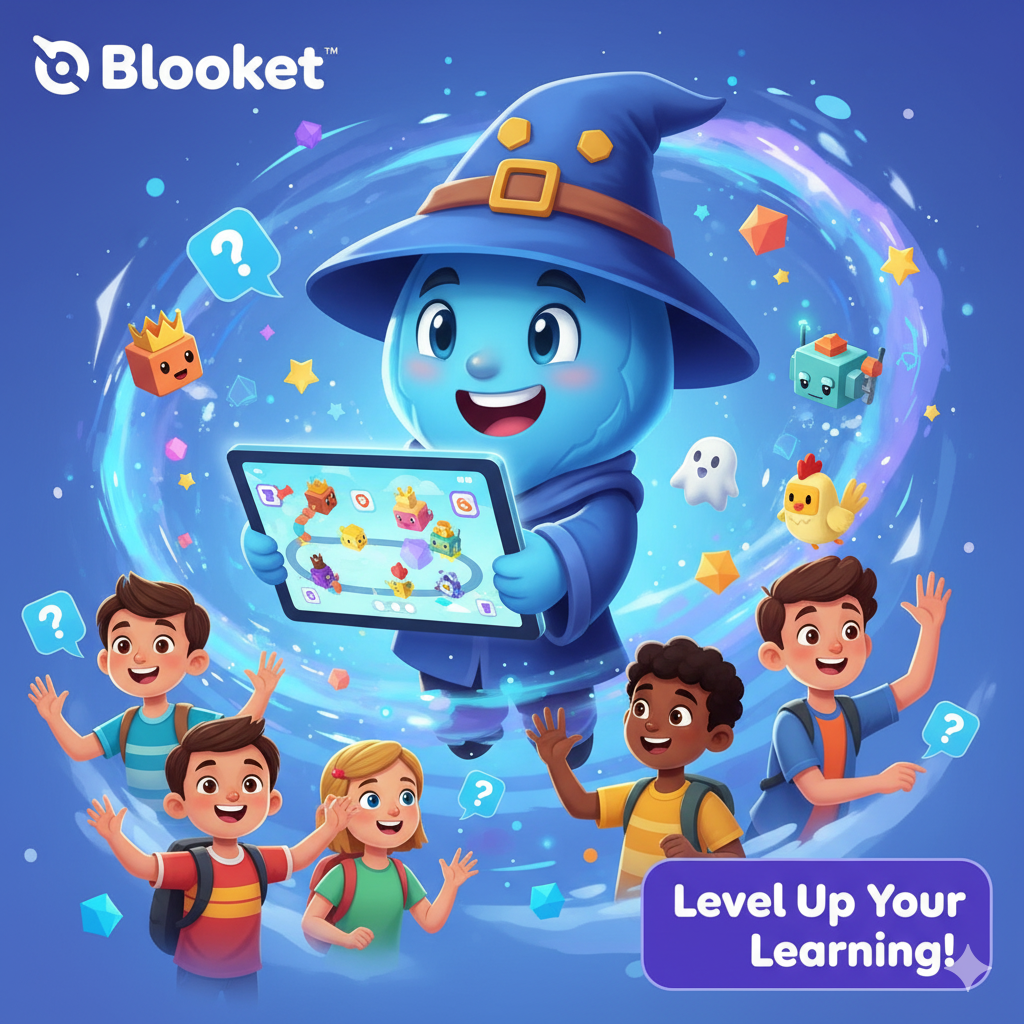In the crowded arena of educational technology, achieving viral status is rare. Yet, Blooket, a platform that masterfully fuses classroom quizzes with arcade-style video games, has done just that. Launched in 2020, its ascent has been nothing short of meteoric, rewriting the rules of student engagement in countless classrooms. But beyond the vibrant graphics and competitive frenzy lies a powerful confluence of cognitive science, clever market timing, and a data-driven design that warrants a closer look. This is not just a story about a popular game; it’s a case study in the evolving landscape of 21st-century pedagogy.
An Unprecedented Growth Trajectory: The Data Behind the Boom
Blooket’s growth was a “perfect storm” scenario, ignited by the sudden global shift to remote learning. While competitors like Kahoot! and Quizizz were already established, Blooket’s unique, game-centric approach offered a novel solution to the crisis of student disengagement online. The numbers paint a clear picture of this explosive adoption:
- Explosive Initial Surge: In the fall of 2020, mere months after its public launch, Blooket’s website traffic multiplied by a factor of nearly ten in a single month.
- Sustained High Traffic: By 2023, the platform was attracting a staggering 42 million visits in a single month, demonstrating its transition from a niche tool to a mainstream classroom staple.
- Global Reach: While the United States constitutes the largest user base, Blooket has significant penetration in markets like Australia, the UK, Canada, and Vietnam, underscoring the universal appeal of its model.
- User Demographics: The platform’s audience is largely composed of its end-users and educators, with the 18-24 age bracket being the largest visitor group, followed by the 25-34 age group, which aligns with the demographics of new and early-career teachers.
This growth was fueled by a powerful freemium model. By offering a robust, feature-rich free version, Blooket eliminated the primary barrier to entry for educators: cost. The paid “Blooket Plus” and “Blooket Plus Flex” tiers offer advanced features like detailed student-level reports and higher limits, but the core experience remains accessible to all. This strategy built a massive user base that, in turn, created a vast, self-sustaining ecosystem of over 20 million user-generated question sets.

The above image shows latest data as of 2025
The Neuroscience of Engagement: Why Blooket’s Formula Works
Blooket’s success isn’t just about making learning “fun”—it’s about leveraging proven principles of behavioral psychology and neuroscience to drive motivation and knowledge retention.
- Variable Reward Schedules: Game modes like Gold Quest are a masterclass in psychological engagement. Students answer questions correctly, but the reward—opening a chest—is unpredictable. They might get a massive gold bonus, a chance to steal from the leader, or a modest gain. This use of a variable reward schedule is the same mechanism that makes slot machines and social media feeds so compelling, releasing dopamine and encouraging repeated engagement.
- Mastery and Progression: In Tower Defense, students answer questions to earn the resources needed to build and upgrade defenses. This directly links knowledge mastery (correct answers) with tangible in-game progress. The increasing difficulty of enemy waves creates a “challenge-skill balance,” a key component of the “flow state” where individuals are fully immersed and focused. Challenge-based gamification has been demonstrated to improve student performance by an average of 34.75%.
- Low-Stakes Failure: Blooket creates an environment where making a mistake is not a punitive event but a strategic one. An incorrect answer might mean a momentary setback in a race or a delay in building a tower, but it doesn’t end the game. This “low-stakes” environment encourages risk-taking and resilience, crucial components of a growth mindset.
Measuring the Impact: From Engagement to Achievement
The primary critique of many gamified platforms is that they boost engagement without necessarily improving learning outcomes. However, a growing body of evidence suggests that the type of active recall and spaced repetition Blooket encourages is highly effective.
After each game, teachers receive an instant, actionable report. This data allows for immediate formative assessment, showing which concepts the class struggled with and which students need targeted support. While large-scale, peer-reviewed studies specifically on Blooket are still emerging, the principles it employs are well-supported. Studies on gamified learning have shown it can be more motivating and engaging than traditional courses for 67% of students. Furthermore, e-learning courses incorporating these techniques have seen completion rates as high as 90%.

The Competitive Landscape: A Differentiated Approach
- Blooket vs. Kahoot!: Kahoot! excels at creating a synchronous, high-energy, game show-like atmosphere. Its focus is on speed and group excitement. Blooket, while offering live modes, distinguishes itself with its variety of student-paced games that feel more like individual arcade experiences, reducing the anxiety some students feel in speed-based competitions.
- Blooket vs. Gimkit: Gimkit is perhaps Blooket’s closest competitor, also founded by a student and featuring strategic game mechanics. However, Blooket’s broader range of distinct, graphically-rich game modes gives it a wider appeal, especially among younger students.
- Blooket vs. Quizizz: Quizizz is a powerful tool for both live games and asynchronous homework, often praised for its detailed data reporting. Blooket differentiates itself by prioritizing the game experience itself, with the quiz element feeling secondary to the primary gameplay loop.
Blooket in Practice: The Top 10 User Questions of 2025
Beyond the high-level data and pedagogical theory, the platform’s success is reflected in the practical questions its millions of users ask every day. An analysis of user guides, help centers, and community discussions reveals the core functionalities and user priorities as of 2025.
1. How do I join and play a live Blooket game?
To join a game, you need a Game ID code from the host. Go to blooket.com/play, enter the code, and choose a nickname. Students do not need an account for live games.
2. Is Blooket free to use?
Yes, the core Blooket experience is free, allowing hosts to use thousands of question sets with up to 60 students. A paid “Blooket Plus” subscription unlocks advanced features like detailed reports and exclusive game modes.
3. How can I get rare Blooks (like Legendaries or Chromas)?
Rare Blooks are obtained by chance. Players earn tokens by playing games and use them to open themed “packs” or “boxes.” Legendary and Chroma Blooks have very low drop rates, making consistent play the only way to improve your odds.
4. Are there any working Blooket hacks or bots for 2025?
As of 2025, Blooket has robust anti-cheat measures. Scripts or websites claiming to offer hacks for tokens or auto-answers are typically scams and can result in an account ban. The platform actively patches exploits.
5. What are the most popular game modes?
The most consistently popular modes that blend strategy, luck, and knowledge are Tower Defense, Gold Quest, Café, and Racing.
6. Why is Blooket not working or loading?
Common issues stem from school network firewalls, browser problems (solved by clearing the cache), or weak internet connections. While rare, Blooket servers can also experience downtime.
7. Can I assign Blooket for homework?
Yes. Teachers can assign any game as “Homework,” allowing students to play at their own pace before a deadline.
8. How do I create my own question set?
On your dashboard, select “Create a Set” to manually input questions or import them directly from Quizlet, a time-saving feature for many educators.
9. Is there a Blooket mobile app?
No, there is no official mobile app. However, the Blooket website is fully optimized for mobile browsers, providing a seamless experience on phones and tablets.
10. What’s new in Blooket for 2025?
Recent updates have focused on introducing new game modes, enhancing teacher analytics for paid plans, and improving accessibility features to make the platform more inclusive.
Conclusion: A Winning Formula
Blooket’s future success will depend on its ability to navigate several key challenges. The novelty of any game can wear off, and the platform must continuously innovate with new, compelling modes to retain user interest. Furthermore, as the EdTech market matures, there will be increasing pressure to demonstrate quantifiable learning gains that go beyond simple engagement metrics.
However, the “Blooket Effect” is undeniable. It has proven that when educational content is embedded within a well-designed game, students are not only willing but eager to participate. By masterfully combining data, design, and a deep understanding of what motivates learners, Blooket has not just built a successful product—it has provided a powerful glimpse into the future of education.


